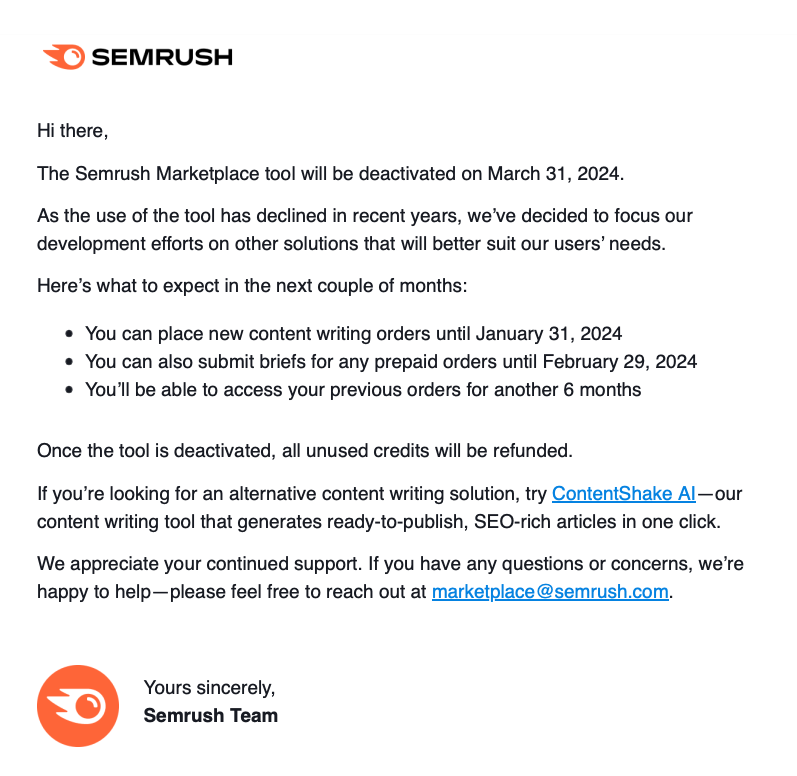Is your phone’s website browser not showing you the latest version of a website we’re working with you on? We recommend you use Chrome and their mobile simulator from your desktop…
…but if you want to see it on your phone, you may need to clear your cookies and cache to see it. Here is how to do that but, PLEASE NOTE, that clearing all cookies will remove your user preferences websites, login information, shopping cart contents, and other identifiers for server-based sessions.
Safari for iOS:
- First, completely close the Safari app. If you can’t close all the tabs, don’t worry, just move on to the next step.
- Reopen Safari and head to any website.
- Tap on “Settings,” then “Safari.”
- Choose “Clear History and Website Data.”
- Close the browser completely, open it again, and give it a try.
Chrome for iOS:
- Completely close the Chrome app. If you’re stuck with open tabs, it’s okay, just skip this and carry on.
- Open Chrome again and head to any website.
- Tap the menu icon (three dots), then “Settings.”
- Go to “Privacy” and tap “Clear Cache” and “Clear Cookies, Site Data.”
- Close the browser completely, open it again, and give it a try.
Firefox Browser for Android:
- Fully close the Firefox app. If you can’t shut all the tabs, no worries, just keep going.
- Reopen Firefox and and head to any website.
- Tap the menu icon, then “Settings.”
- Go to “Privacy” and tap “Clear now.”
- In the “Clear now” window, hit “Clear Data.”
- Close the browser completely, open it again, and give it a try.
Native Android browser:
- Completely close the browser. If closing all tabs is a no-go, just skip this step.
- Reopen the browser and head to any website.
- Tap “Menu,” then “Settings.”
- Go to “Privacy & security” and tap “Clear cache” and “Clear all cookie data.”
- Tap “OK” to confirm.
- Close the browser completely, open it again, and give it a try.
Chrome for Android:
- Fully close the Chrome app. Can’t close all tabs? No problem, just move on.
- Reopen Chrome and head to any website.
- Tap the menu icon, then “Settings.”
- Go to “Privacy” and tap “Clear Browsing Data.”
- Check “Clear the cache” and “Clear cookies, site data,” then tap “Clear.”
- Close the browser completely, open it again, and give it a try.
IE for Windows phones:
- Completely close the browser. If you’re stuck with open tabs, just skip this step.
- Reopen Internet Explorer and head to any website.
- Tap “More,” then “Settings.”
- Tap “Delete history,” then confirm by tapping “Delete.”
- Close the browser completely, open it again, and give it a try.
Lastly, here are a few general mobile phone tips that might help:
- Restarting the Device: Sometimes, simply restarting your mobile device can resolve browser-related issues. It’s a good idea to restart your device after clearing the cache and cookies, as it can help ensure that the changes take effect properly.
- Updating the Browser: Make sure your browser is up-to-date. Browser updates often include performance improvements and security patches. You can check for updates in the app store or within the browser settings.
- Checking for Interfering Apps: Some apps might interfere with browser functionality. If you’re still experiencing issues after following the instructions, consider whether any recently installed apps could be causing problems.
- Data Backup: Before clearing history and website data, ensure that any important information or passwords are backed up, as this process will remove them from your browser.
- Internet Connection: Ensure that your device has a stable internet connection. Sometimes, browser issues can be related to connectivity problems.
Please know these are just our suggestions and this is not legal or technically binding advice (so we cannot be held responsible for what happens if you choose to follow the above free suggestions). On the other hand, if you’re a client and the above doesn’t work, please contact us and we’ll be happy to jump on a Zoom call with you to figure this out.





